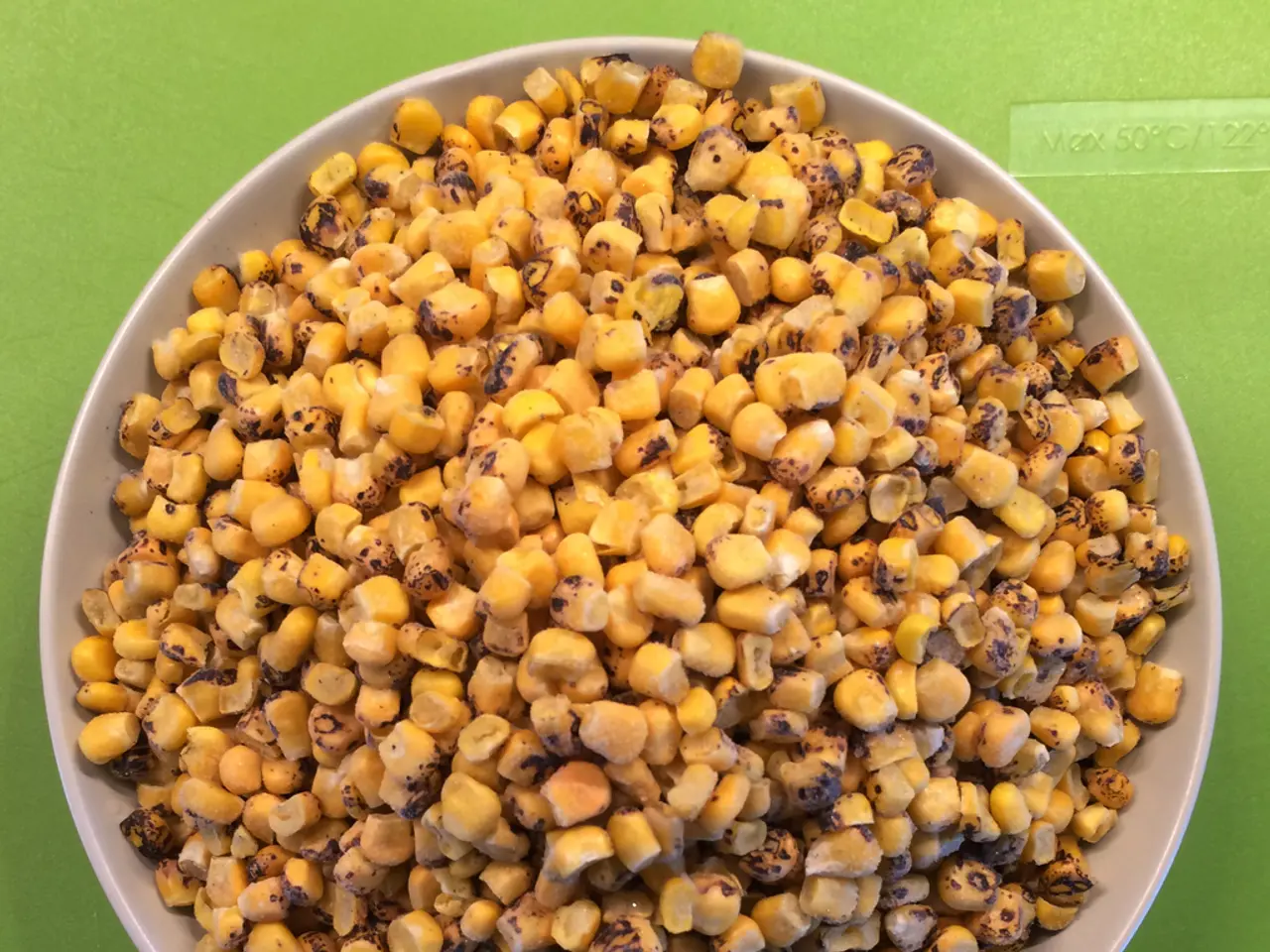Faba Bean Gene Discovery Could Revolutionize Crop Cultivation
A team of international researchers has identified a gene in fava beans that could revolutionize the crop's cultivation. The discovery, published in Nature Plants, offers a solution to the anti-nutritional compounds vicine and convicine, which cause hemolytic anemia in susceptible individuals, a condition known as favism.
The gene, named VC1, is responsible for the production of vicine and convicine in faba beans. A specific mutation within VC1 leads to a reduction in the synthesis of these compounds, resulting in low vicine-convicine content in certain fava bean varieties. The research team, led by William H. G. Holton, Mohamed Farhi, and Gabriel K. K. Adu-Yeboah, found that all low vicine-convicine content varieties are descended from a single accession with two nucleotides inserted within the VC1 gene, disrupting its function.
The project was funded by multiple organizations, including Innovation Fund Denmark, the Academy of Finland, and the VILLUM Foundation. The findings, published under the DOI https://doi.org/10.1038/s41477-021-00950-w, have significant implications for fava bean cultivation. Approximately 4% of the world's population are afflicted by favism, making this discovery crucial for expanding the crop's consumption and nutritional benefits. Fava beans are an excellent source of food protein, and the identification of the VC1 gene paves the way for breeding varieties free from vicine and convicine anti-nutritional compounds.
The identification of the VC1 gene in fava beans offers a promising solution to the anti-nutritional compounds vicine and convicine, which affect a significant portion of the world's population. With further research and development, this discovery could lead to the cultivation of fava bean varieties that are safe and nutritious for all consumers, expanding the crop's potential as a vital food source.
Read also:
- FDA's Generic Mifepristone Approval Sparks Pro-Life Concerns Over Safety and States' Rights
- Understanding Child Development: Causes and Signs of Delays
- Top Superfoods for Hormonal Health: Avocados, Berries, Flaxseeds, Turmeric, and Cruciferous Veggies
- Pope Francis' New Book 'Let Us Dream' Offers Unity and Hope for Post-Covid World








